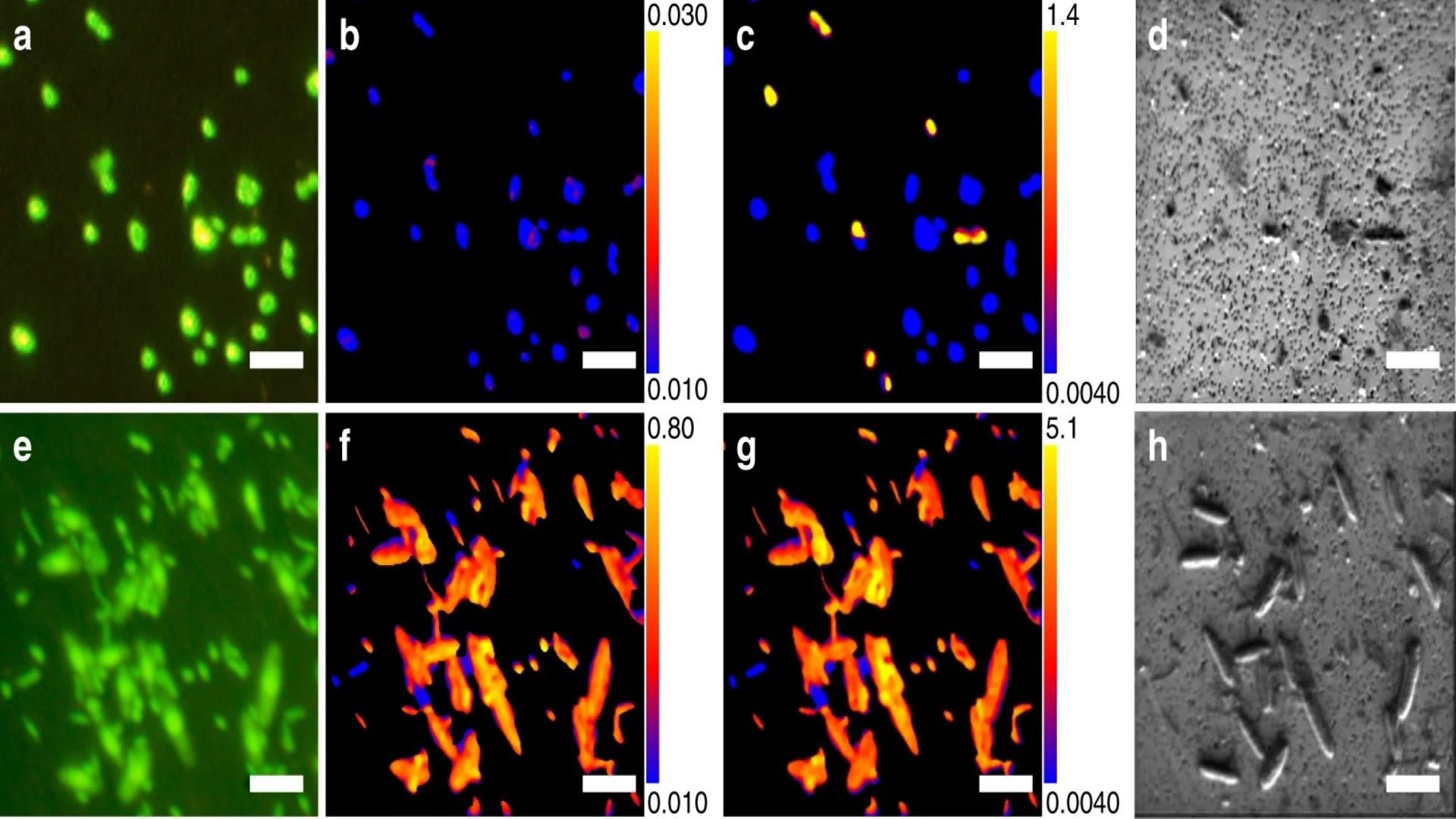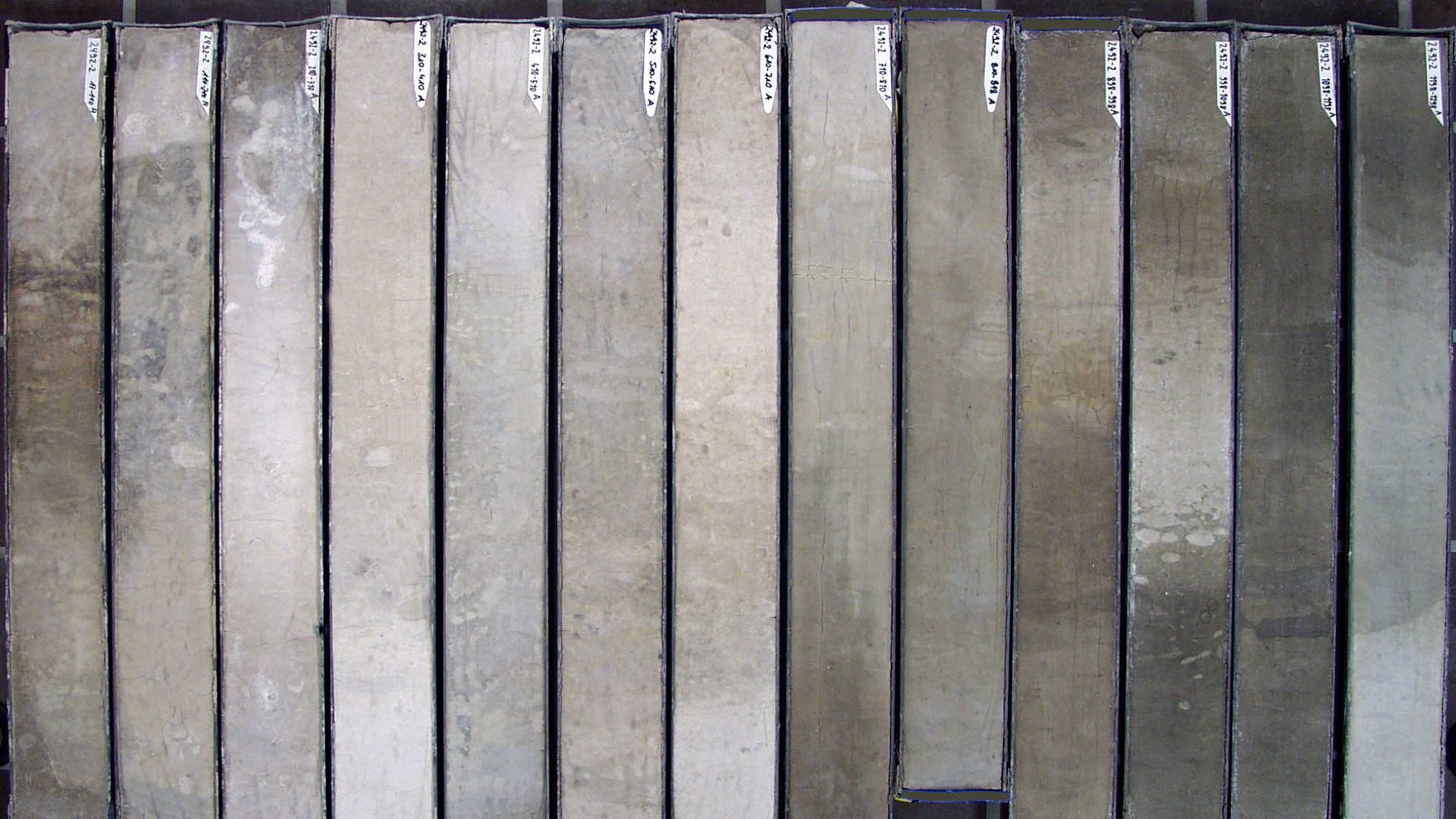Old, older, oldest
In 2010 an international group of scientists undertook an expedition to uncover sediment in the South Pacific Gyre. The seabed in this gigantic basin between Australia and South America is one of the poorest in the world in terms of biodiversity. The aim was to find out whether these places are habitable and whether there is any life to be found in the deepest layers. Geologists examined the physical and mineral composition of the seabed, while biologists examined whether there was life in these ancient sediment layers.
Out of the blue
A few days ago, biologists from Japan and the U.S. published their findings in the journal Nature Communications. They examined sediment layers ranging from 4.3 to 101.5 million years old. They found living bacteria in all layers, and in the "youngest" layers also some archaea. The types of bacteria belong to the groups Actinobacteria, Bacteroidetes, Firmicutes, Proteobacteria and Chloroflexi. It was striking that most species were aerobic; that is, they like to grow in environments with oxygen. The researchers suspect that the sediment microbes were once quite unexpectedly covered by new layers, but that a minimal amount of oxygen has constantly been bubbling upwards from the deepest layers. As a result, the bacteria remained "active", i.e. they continued to grow extremely slowly or just sustained their cells in well enough shape to survive. In addition, anaerobic species (which do not like oxygen) did not develop well.
Tests with a tiny needle
Several hundred to thousands of individuals were found in each layer. To check whether these ancient survivors could still grow, small amounts of nutrients were offered, such as sugar, ammonia, acetate, and more. These nutrients were labeled: the nutrients consisted of labeled carbon and nitrogen molecules. When cells absorb these nutrients, it can be shown whether these specific nutrients were ingested by bacteria, or whether they ingested other substances. Within several dozen days, the bacteria multiplied to hundreds of thousands or even millions of individuals. In total, nearly 7000 bacterial cells were individually "tested" for the uptake of the labeled nutrients provided by the researchers. This test is performed with the help of a so-called nanoSIMS instrument. With this instrument, of which there are less than 50 in the whole world by the way, the precise amount of labeled versus unlabeled substances in a single cell can be measured.

Image from Morono et al. 2020. Images a, b, c, e, f and g show stains of the bacterial cells with labeled nutrients. Pictures d and h are microscopic pictures of the bacteria.
Sensational sediment
This finding is phenomenal for several reasons. Apparently there are bacteria that have lived in the same place for more than 100 million years. The dinosaurs inhabited the Earth at that time. But it is also very interesting, for example, to compare the DNA of the bacteria found with contemporary strains. Researchers can essentially look back in time and evolutionary history.
| https://www.nature.com/articles/s41467-020-17330-1 |

